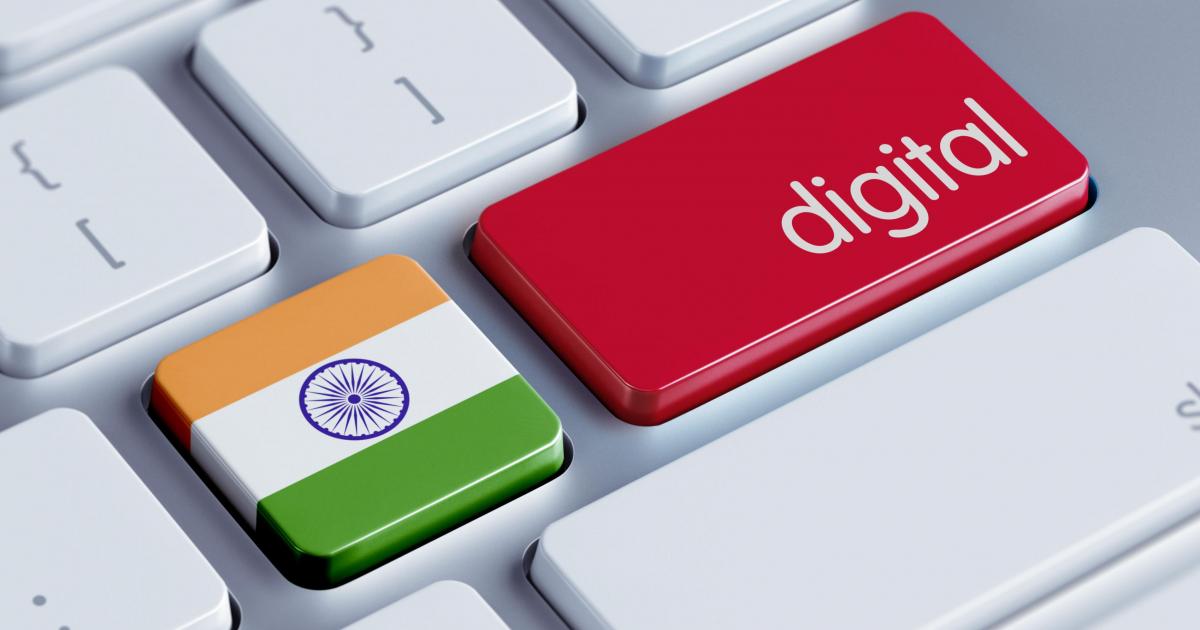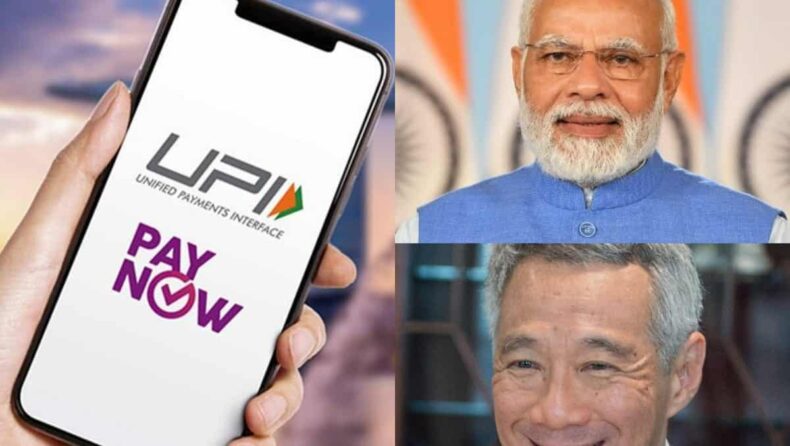India’s Fintech sees global expansion which marks the beginning of a new era of digitisation, as India and Singapore linked India’s UPI and Singapore PayNow for real time digital payment systems.
‘Digital India’ and India’s fintech innovation have grown in leaps and bounds. With this latest development of cross-border connectivity and easy linkage between UPI and PayNow has made convenience at your fingertips.
Now simply by using mobile numbers money can be transferred easily and quickly between two countries. This will make things much simpler for students, migrants, tourists etc who are crossing borders.
Reserve Bank of India’s Governor Shaktikanta Das and the Monetary Authority of Singapore’s (MAS) Managing Director Ravi Menon launched the new linkage, in the presence of Prime Minister Narendra Modi and Singapore’s Prime Minister Lee Hsien Loong.
PM Modi said that this cross-border fintech connectivity is a “gift for people of both the nations”.
What are UPI and PayNow?
Unified Payment Interface (UPI) is a popular mobile payment method that allows the transfer of funds from one bank account to the other, instantly and free of charge. It is a quick payment method that can be easily used through phones. It saves time and makes cheaper, faster, and safer payments all round the clock (24/7).
In India various platforms like Google Pay, and Paytm allows their customers to use UPI for making payments.

PayNow is similar to India’s UPI. It allows users to send and receive instant funds from one bank or e-wallet account to another in Singapore by using just their mobile number, Singapore National Registration Identity Card (NRIC)/Foreign Identification Number (FIN), or VPA.
Cross-border retail payments are less transparent and more expensive than domestic transactions. The UPI-PayNow linkage is a significant step in the development of infrastructure for cross-border payments between India and Singapore.
It has been estimated that by using this linkage system the cost of remittances i.e. the transfer of funds or gifts from someone working abroad to their family back home will be reduced by 10%.
Why Singapore?

India chose Singapore to integrate the Digital economy so that doors can be opened for India in Southeast Asia. Singapore is home to more than 6 lakh Indian emigrants who are living in Singapore currently. In 2021 Singapore was top 4th country from where India had received remittances. In 2018 both the countries signed an agreement for cards and QR payments also.
India’s Digitisation : A promising future ahead

Image Source- Fortune India
With the ambition to make India a ‘Digital Economy’, incentivising Digital payment is the most important and thus UPI has become the most preferred mechanism to make transactions which is boosting digitisation.
According to figures, 74 billion transactions were done through UPI which worth 126 trillion rupees in 2022. It was an impressive 90% jump in making digital transfers in comparison to 2021. According to data, 2300 UPI transactions take place every second which is giving exponential rise to India’s digitisation.
India’s UPI will witness a steady growth. It is estimated that India’s Fintech will reach 2.1 trillion dollars by 2030. India has the 3rd largest startup ecosystem after the US and China, and nearly 50% of these startups are based in the Fintech (financial technology) industry. India stands 2nd in the world in ‘Fintech adoption’ after China. Fintech adoption means when digital methods are used to make financial transactions.
India is emerging as a leader in Digital payment technology. The recent pact with Singapore is a step further in this direction. Moreover, it closely aligns with the G20’s financial inclusion priorities of driving faster, cheaper and more transparent cross-border payments.
India has taken the rotatory presidency of the G20 summit from Indonesia. The summit is scheduled to happen in September this year, where global leaders will come together to discuss pressing issues of climate change, women’s development, global south unity etc.













